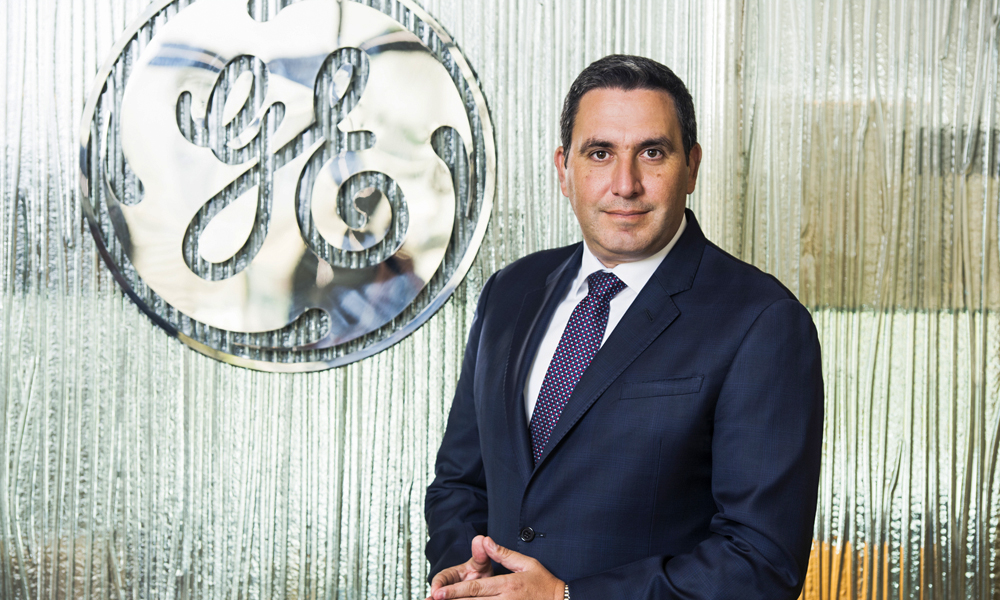The global energy landscape continues to witness dramatic change as human energy consumption is expected to grow by 28% in the next 20 years alone, according to the US Energy Information Administration (EIA). Today, it is this dizzying momentum of growing energy demands that dictates the agenda of traditional power producers and takes them to the drawing board to devise solutions that are innovative, path-breaking, diverse and more importantly environmentally responsible.
This phenomenon is particularly true in the Arab world, where governments have outlined ambitious energy goals and have pledged to diversify the energy mix to include gas, clean coal, nuclear energy, solar and wind power, as well as biofuels. A case in point is the UAEs Energy Plan 2050, which projects 38% energy supply from natural gas; 44% from clean energy; 6% from nuclear; and 12% from clean coal.
While it is evident that the winds of change sweeping the region have cultivated a deep interest in being part of the renewables revolution, it is indisputable that a diverse energy mix is pivotal to energy security in this region. According to the International Energy Agency, even today, traditional energy sources, including fossil fuels and nuclear power, account for 77% of total electricity generation and they are expected to continue playing a significant role in the future.
Complementary, not competitive this ethos must be etched into the global energy playbook, to make fossil fuels and renewables partners in a new era of efficiency; they are two sides of the same coin. This notion is widely accepted in the middle east as the region faces a spiralling demand for energy, which will be predominantly fulfilled by natural gas (approximately 9 gigawatts/year in new supply), followed by supply from solar power (approximately 4-5 gigawatts/year).
Despite the acceptance of renewables, the road of transformation is riddled with sizable roadblocks in terms of scope, magnitude, complexity, as well as regulatory and technological conundrums. A substantial hurdle is the construction of robust power infrastructure to meet the growing demand but the absence of storage solutions for renewable energy stems out as a more critical pain point.
From a power infrastructure perspective, governments, utilities and power plant owners in the Middle East have delved into finding actionable solutions for competing priorities such as costs associated with building and operating power generating facilities, access to fuel supplies through transportation networks and the need for reliable uninterrupted power supplies. However, to address storage issues and provide base load supply when environmental factors invalidate renewable energy, leading energy companies have made noteworthy headway. For example, GEs new H-class gas turbine now offers more than 64% efficiency in combined cycle power plants. Notably, this is higher than any other competing technology available today. The turbines offer an excellent flexible complement to intermittent renewable sources, capable of ramping up or down at 65 MW/minute to help balance the grid, while reducing emissions to levels below those required by international standards.
This flexibility is imperative as more solar power is being added to the grid, which requires utilities to compensate about 80% of that power in the 20 minutes before sunset; flexible natural gas turbines like the H-class offer the capability to quickly ramp up the load to remain grid stability, while advanced battery storage can help bridge between the two sources.
In the future, this flexibility will gain importance as we see a shift of peaks during the day, driven by trends such as the adoption of electric cars; car manufacturing moving to electric car production as mainstream, and users tending to charge their cars at night.
Simultaneously, energy moghuls have a role to play in fuelling energy conversations with renewable energy and fossil fuel producers to discover competencies and carry out collaborative research and development which will, in turn, herald a golden future for energy creation and consumption. For instance, last year, in Norwalk, California, GE and Southern California Edison (SCE) unveiled the worlds first battery-gas turbine hybrid system. The system has been touted for its ability to balance variable energy supply and demand, including during evening hours when the sun sets and solar power production falls, even as electricity usage surges as people turn on lights and appliances. The energy storage capacity of the battery has been specifically curated to provide enough time coverage to allow the gas turbine to start and reach its designated power output.
At its core is a groundbreaking control system that seamlessly blends output between the battery and the gas turbine. As a result, the system does not need to burn fuel and consume water in standby mode to be able to dispatch power immediately when demand surges.
The road ahead lies in both diversity and integration. As the power industry works towards serving the evolving needs of customers, it is essential that innovation, exploration and technology pave the way for a stronger energy future.



